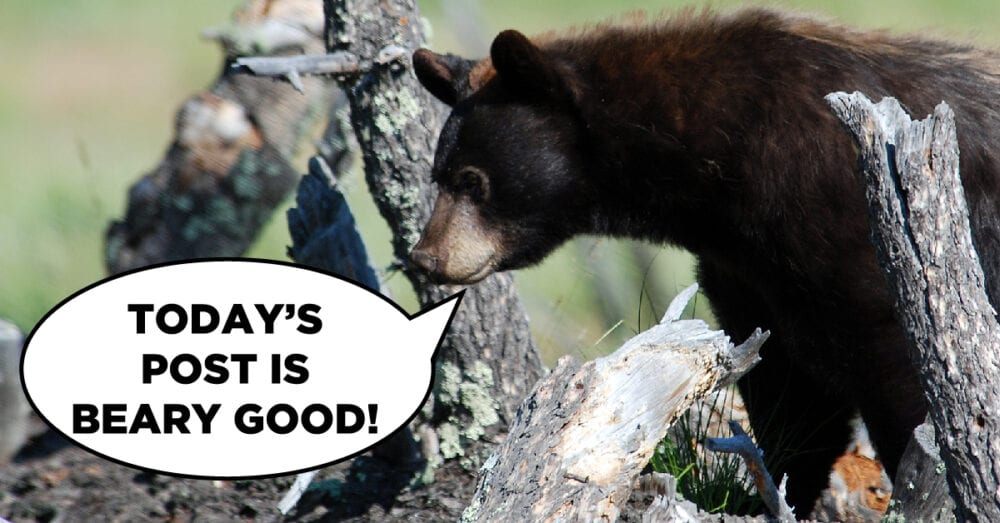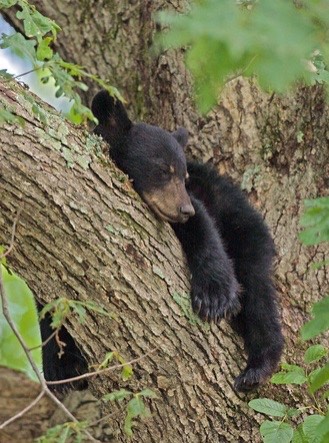
We are exploring our local black bears in today’s Take It Outside post. These creatures are beginning to emerge from their winter dens now! Now is a great time to make sure you are using bear resistant trash cans and to start bringing your bird feeders in at night to avoid attracting bears to your yard.
Upcoming Event:
Join PEEC’s Gift Shop and Programs Coordinator Ashleigh Lusher for a critter live-feed from the nature center on Friday, April 3 at 1 PM. Ask questions about our resident critters and get a behind-the-scenes look at the work of our Critter Care team. Tune in here tomorrow afternoon.
Blog Post:
Learn how hibernation works — and why bears are such unique hibernators — in a blog post from wildlife biologist and Wildlife For You instructor Daryl Ratajczak. Read today’s blog post here.
Craft:
Bears are champions of smell! They have been known to follow a food scent from 2 miles away, and a dead animal carcass from 20 miles away. How well can you smell?
Choose different scented plants, natural materials, or spices to include in your scent challenge. Place in cups with air holes and challenge the other members in your family to identify the items! Extend this by making a scented painting. Mix spices or grind up scented plants from outside, like sage or juniper, and make scented “paint.”
Find instructions for spice paint here.
Outdoor Challenge (Beginner):

It takes a while for a bear’s appetite to ramp up after the winter. They’re not as hungry now as they are in the fall. This is one way they’re well-adapted to their environment, because there’s not much to eat outside early in the spring. Pretend to be a bear looking for spring food. Can you find the following?
- Tender plant and grass shoots
- Soft tree buds
- Insects
- Worms
- Last-year’s dried fruits and berries
Outdoor Challenge (Advanced):
Bears aren’t the only ones whose behavior depends on the season! See if you can find any of the following:
- Birds building nests (crows and house finches are early nesters)
- Bees pollinating flowers
- Hummingbirds chasing each other to establish territories
- Red squirrels retrieving food from caches
- Abert’s squirrels chasing potential mates
- Deer stags that have shed one or both antlers
- Increased gopher mounds and tunnels
- Signs of bear activity
Let us know what other spring behavior you notice!
Other Resources:
- Here are some tips from the Sandia Mountain Bear Watch on living with black bears, how to avoid feeding them from your yard, and what to do if you encounter a bear.
- This booklet from New Mexico Game and Fish contains some interesting information on the history of black bears in New Mexico, their habitat, range, and more.
- Bandelier National Monument also produced this black bear fact sheet, which contains some interesting facts about our local bears.
Share Your Experience:
Tell us what you learn about our four-footed friends this week! We’d love to see your photos, too. Please send them to takeitoutside@peecnature.org or share them on Facebook or Instagram with the hashtag #peectakeitoutside.
Join us tomorrow to learn about our native reptiles and amphibians!
